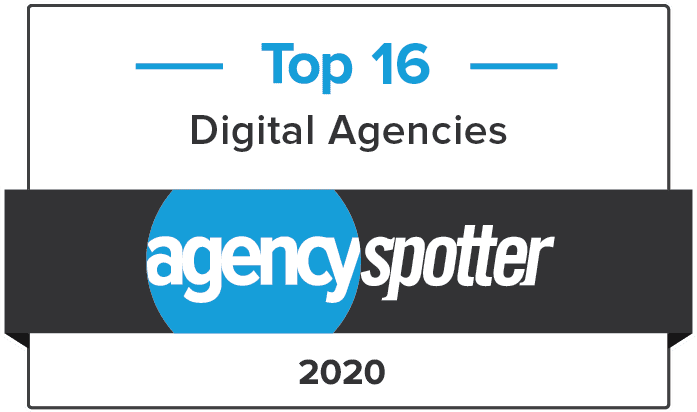
Improve Business Performance by Boosting Employee Engagement
Companies worldwide are grappling with a growing employee engagement crisis. Seemingly overnight, new terms like “quiet quitting” and “Bare Minimum Mondays” are front-page news as business owners and leadership teams try to understand the growing phenomenon of some employees doing only just enough to stay employed. Past engagement strategies like organizing happy hours or after-hours dinners are now often met with resistance from some employees.
Shifting expectations
Employees’ expectations about work appear to have shifted dramatically since the COVID-19 pandemic started. Workers now expect flexible schedules, more benefits, remote work options, and accommodations for diverse needs. To improve employee engagement and productivity, it is critical for business leaders to recognize these evolving expectations head-on.
Flexibility
Employees increasingly value flexibility from their employers. Whether it’s adjusting their work hours to suit personal needs or having the option to work remotely, flexibility is no longer a luxury but an expectation.
Benefits
The benefits package a company offers plays a key role in employee satisfaction. A competitive benefits package that caters to the diverse needs of employees can have a big impact on engagement levels.
Remote work
The COVID-19 pandemic accelerated the acceptance of remote and hybrid work. Many employees now prefer working from home at least part of the time. Acknowledging this preference and facilitating remote work options can help boost engagement.
Accommodations for diverse needs
Employees have diverse needs — including those related to physical and mental health, family obligations, generational differences, and disabilities. Providing accommodations and support can enhance engagement by showing the organization values its employees as individuals.
Employee engagement = business success
It’s essential to recognize employees are at the heart of any organization’s success. According to Gallup, organizations with high employee engagement have 21% higher profitability, 17% higher productivity, and 10% higher customer ratings than those with low engagement. Research consistently shows engaged employees are more productive, innovative, and committed to their roles. These attributes directly contribute to improved business performance and, ultimately, an improved bottom line.
Strategies for boosting engagement
October is Employee Ownership Month and a perfect time to focus on increasing your employees’ engagement – whether they’re owners or not. Empowering employees to think like owners can reap benefits for your organization. To address the engagement crisis head-on and align with the evolving expectations of workers, businesses should consider implementing the following five proven strategies:
- Recognize employees’ contributions
Regularly acknowledge and celebrate employees’ achievements, milestones and contributions. Recognition can be a powerful motivator and can make employees feel valued and seen.
- Involve them in decision making
Establish Employee Advisory Councils (EACs) or Employee Resource Groups to give employees a voice in decision-making processes. This inclusion fosters a sense of ownership and engagement.
- Solicit employee input
Engage employees by seeking their input through surveys, email channels for questions and answers, focus groups, and town hall forums. Encourage open communication and demonstrate their opinions matter.
- Highlight employee successes
Publicize employees’ successes and contributions, both within the organization and on social media platforms. Sharing positive stories can inspire and motivate others.
- Invest in personal and professional development
Invest in your employees’ growth and development by offering training, mentorship programs, and opportunities for career advancement. Engaged employees are often those who see a clear path for their future within the organization.
Employee ownership: a path to engagement
As businesses explore ways to boost employee engagement, some may choose to adopt an employee ownership model. Employee ownership fosters a sense of responsibility and pride among employees, as they view the company’s success as their own. While not suitable for every organization, employee ownership can be a powerful tool for improving engagement and performance.
SA Services: your partner in employee engagement
At SA, we understand the importance of employee engagement, having become employee-owned ourselves in 2021. While the benefits of employee ownership may vary from one organization to another, we deeply believe in the power of engaged employees to drive business success.
If your business is struggling to adapt to changes in your workforce, SA can help with our suite of services designed to enhance employee engagement and retention:
- Social media: Utilize SA’s expertise to craft compelling social media campaigns that showcase your company culture and employee success stories.
- Internal communications: Engage SA to craft effective internal communication strategies to keep employees informed, engaged, and aligned with your organization’s goals.
- Creative services: Trust SA’s Creative services to help you produce engaging content and materials that resonate with employees and foster a sense of pride and culture.
- Data-driven insights: Leverage SA’s data-driven insights to understand employee sentiment, identify areas for improvement, and develop targeted strategies to boost engagement.
As your business grapples with the engagement crisis, it is essential to adapt to the changing landscape and employee expectations. By prioritizing employee engagement, businesses can reap the rewards of a more motivated, committed, and high-performing workforce, ultimately driving improved business performance and profitability as we head into 2024.
Laura Vanden Bosch is Executive Director of Strategic Communications and Jill LaBarre is Director of Human Resources. Learn more about our services.



